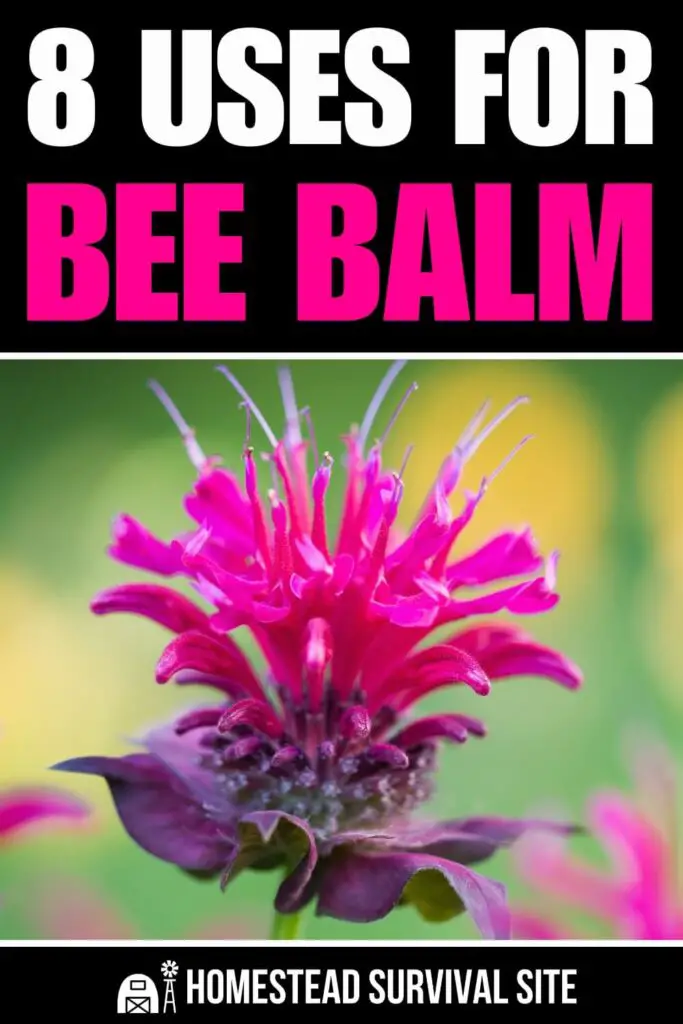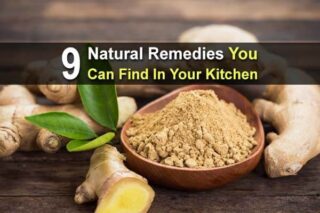Estimated reading time: 6 minutes

Bee balm, also known as wild bergamot, horsemint, or Oswego tea, is one of those plants you want to make room for in your garden. You could also grow it in a container and keep it on your patio or windowsill. The flower isn’t just pretty, it’s also a very useful tool in your medicine chest.
It has beautiful, bright, tubular flowers that attract pollinators such as bees, butterflies, and hummingbirds. People call it bee balm because the bees absolutely love it. In fact, bee balm will actually help the rest of your garden thrive because of how it invites the pollinators.
Bee balm has been a valuable addition to any kitchen garden for centuries because of its medicinal, culinary, and aromatic uses. Its leaves, flowers, and stems are rich in compounds that provide various health benefits.
We'll explore the many ways you can use bee balm—from teas and tinctures to salves and poultices—to cure what ails you. Bee balm is an antimicrobial and antifungal.
Want to save this post for later? Click Here to Pin It On Pinterest!
Some things it is used to treat include:
- Digestive issues
- Respiratory problems
- Bee stings/bug bites
- Athlete’s foot
- Cuts/scrapes
Using Bee Balm
1. Tea
Bee balm tea is one of the most popular ways to enjoy the benefits of this herb. It has a pleasant, slightly spicy flavor similar to Earl Grey tea. Bee balm tea is often used to soothe digestive issues, reduce fevers, and alleviate symptoms of colds and flu.
How to Make Bee Balm Tea:
You can use fresh or dried bee balm leaves and flowers to make the tea.
- Boil water and pour it over the bee balm in a teapot or cup.
- Let it steep for 5-10 minutes, depending on your taste preference.
- Strain and enjoy hot or cold. You can add a little honey to sweeten.
2. Salve
Bee balm salve is excellent for treating minor cuts, burns, and insect bites. The herb's antiseptic and antibacterial properties help prevent infection, while its soothing nature aids in healing. You can make your own salve ahead of time and keep it in your medicine cabinet.
How to Make Bee Balm Salve:
You’ll need dried bee balm and a carrier oil, such as olive or coconut oil, and beeswax.
- Infuse the dried bee balm in a carrier oil by placing it in a jar and letting it sit in a warm spot for 2-4 weeks, shaking occasionally.
- Strain the oil to remove the plant material.
- Melt beeswax in a double boiler, then slowly add the infused oil, stirring until it’s all mixed.
- Pour the mixture into small jars or tins and let it cool to solidify.
3. Poultice
A poultice made from bee balm is perfect for relieving pain, reducing swelling, and treating skin infections. This simple remedy has been used traditionally for various ailments, including sore muscles, boils, and rashes.
How to Make a Bee Balm Poultice:
You’ll need fresh bee balm leaves and flowers.
- Crush or mash fresh bee balm leaves and flowers to release their juices. A mortar and pestle is the best way to do this.
- Apply the mash directly to the affected area of the skin.
- Cover with a clean cloth or bandage and leave it on for several hours or overnight.
4. Tincture
Tinctures are a concentrated form of the herb and can be used to treat various ailments, such as digestive issues, anxiety, and respiratory infections. Tinctures are particularly useful because they have a long shelf life and are easy to administer. A couple of drops in a glass of water is all you need.
How to Make a Bee Balm Tincture:
You can use fresh or dried bee balm, high-proof alcohol (such as vodka).
- Fill a glass jar with fresh or dried bee balm.
- Pour alcohol over the herbs until they are fully submerged.
- Seal the jar tightly and store it in a cool, dark place for 4-6 weeks, shaking occasionally.
- Strain the mixture and store the tincture in a dark glass bottle.
5. Infused Oil
Infused oil made from bee balm can be used as massage oil, skincare, and as a base for other herbal preparations like salves or lotions. The oil absorbs the medicinal properties of bee balm. Rub it into sore muscles or arthritic joints.
How to Make Bee Balm Infused Oil:
Fresh or dried bee balm, carrier oil, like almond or grapeseed.
- Place fresh or dried bee balm in a clean, dry jar.
- Cover the herbs completely with a carrier oil of your choice.
- Seal the jar and let it sit in a sunny window for 2-4 weeks, shaking occasionally.
- Strain the oil and store it in a cool, dark place.
6. Steam Inhalation
Bee balm is a great herb for steam inhalation, especially during cold and flu season. This method helps clear sinuses, ease congestion, and relieve respiratory discomfort. If you’re stuffed up, this will help clear your sinuses and you’ll breath easier.
How to Use Bee Balm for Steam Inhalation:
Fresh or dried bee balm, boiling water. You can also use a few drops of bee balm (bergamot) essential oil.
- Place a handful of bee balm leaves in a large bowl.
- Pour boiling water over the herbs.
- Lean over the bowl, covering your head with a towel to trap the steam.
- Breathe deeply for 5-10 minutes.
- Repeat as necessary until your congestion has cleared up.
7. Culinary Uses
Bee balm’s leaves and flowers are edible and can be used in cooking. The flavor is similar to oregano and thyme, making it a great addition to salads, soups, and sauces. Bee balm can also be used to make flavored vinegars, honey, or as a garnish for desserts. It also makes a great jelly.
Ideas for Using Bee Balm in Cooking:
- Add fresh leaves to salads for a spicy, minty flavor.
- Infuse bee balm flowers in honey or vinegar for a unique taste.
- Use dried leaves as a seasoning in soups, stews, or marinades.
8. Bath Soak
A bee balm bath soak is an excellent way to relax and soothe sore muscles. The herb's natural antiseptic and anti-inflammatory properties can also help with skin irritations and infections.
Use fresh or dried bee balm, Epsom salts, essential oils (optional).
- Combine dried or fresh bee balm with Epsom salts in a large bowl.
- Add a few drops of essential oil if desired.
- Pour the mixture into a warm bath and soak for at least 20 minutes.
Like this post? Don't Forget to Pin It On Pinterest!
You May Also Like:











